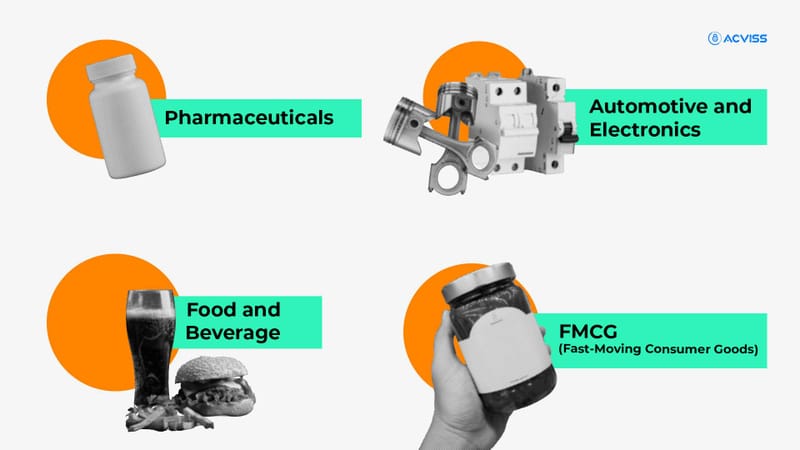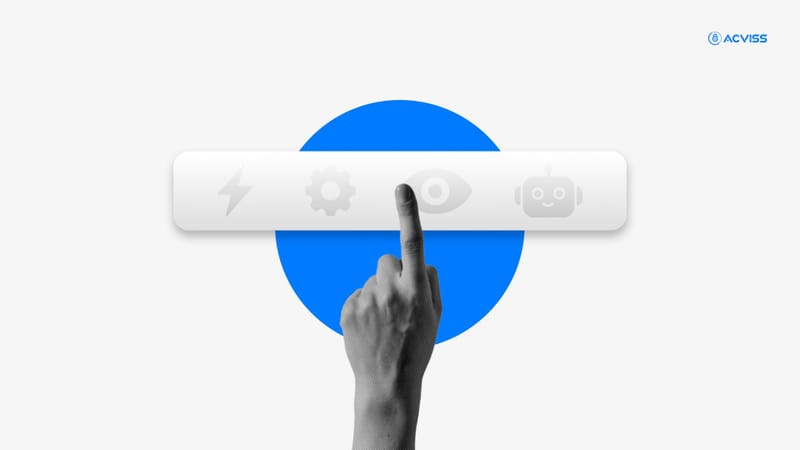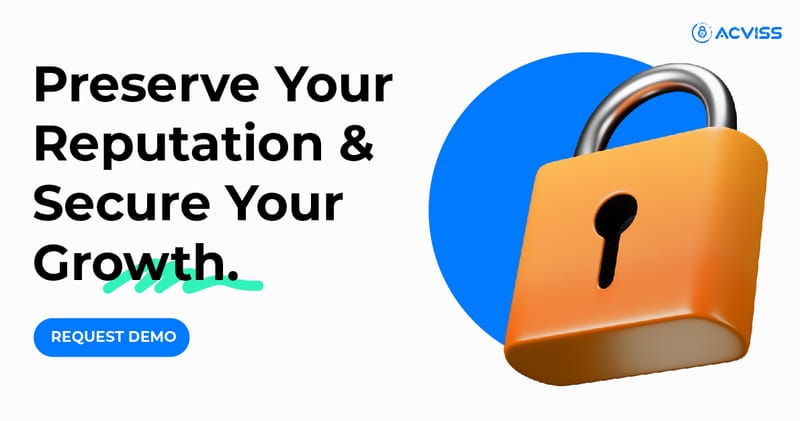Enhancing Product Quality with Vision Inspection Systems: A Must-Have for Indian Manufacturers
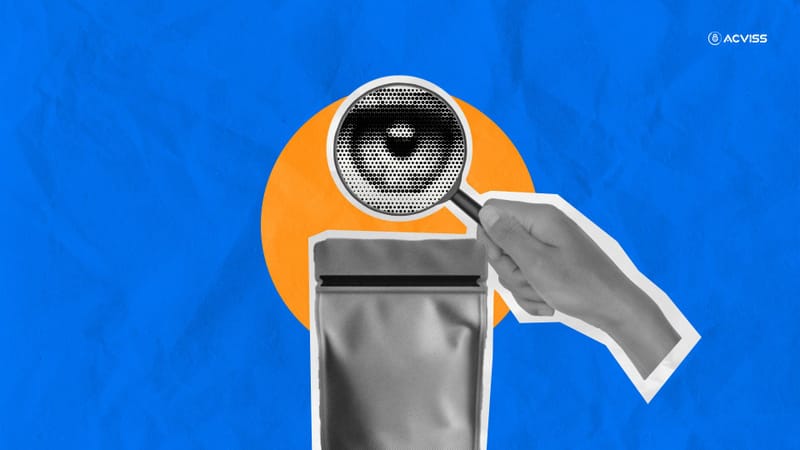
In today's competitive market, maintaining high product quality is paramount for manufacturers, especially in a diverse and growing market like India. Consumers expect flawless products, and manufacturers are under pressure to meet these expectations while keeping production costs in check. This is where Vision Inspection Systems come into play. These systems use advanced imaging technology and artificial intelligence to inspect and analyze products in real time, ensuring that only the highest-quality items reach the market.
What are Vision Inspection Systems?
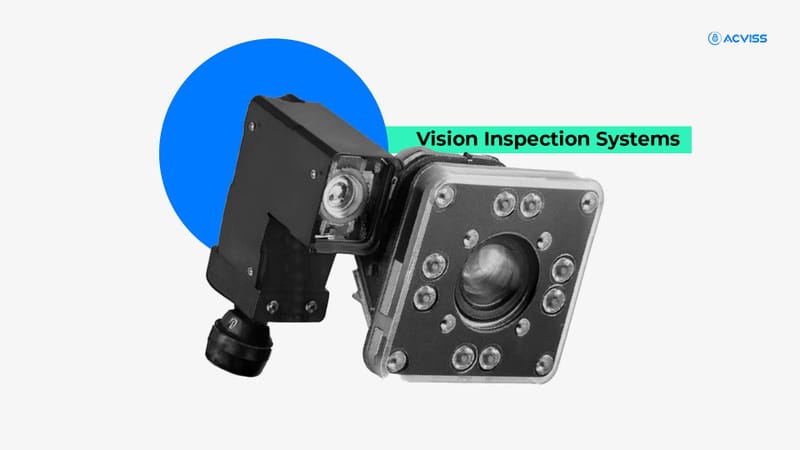
Vision Inspection Systems are automated solutions that use high-resolution cameras, sensors, and software to inspect products on the production line. They detect defects, verify product quality, and ensure compliance with industry standards. Unlike manual inspection methods, vision systems provide fast, accurate, and consistent results, reducing the risk of human error and improving overall production efficiency.
Key Benefits of Vision Inspection Systems for Indian Manufacturers
1. Improved Product Quality:
Vision Inspection Systems offer high accuracy in detecting defects, such as scratches, incorrect labels, misalignments, and damages, ensuring only top-quality products leave the factory.
2. Increased Efficiency and Speed:
Automated systems inspect products at high speeds, significantly faster than manual checks. This boosts overall production speed and reduces bottlenecks in the inspection process.
3. Cost Savings:
By catching defects early, manufacturers can reduce waste, avoid costly recalls, and minimize rework, leading to substantial cost savings over time.
4. Enhanced Regulatory Compliance:
Ensuring that all products meet industry standards and regulations is crucial, especially in sectors like pharmaceuticals, food and beverage, and electronics. Vision systems help maintain compliance effortlessly.
5. Minimizing Human Error:
Human inspection is prone to fatigue and inconsistency. Vision systems eliminate these issues, providing consistent and reliable inspection results 24/7.
Types of Vision Inspection Systems
1. 2D Vision Systems:
These systems are ideal for basic tasks like reading barcodes, verifying labels, and checking for simple defects on flat surfaces. They are commonly used in packaging, labelling, and assembly line inspections.
2. 3D Vision Systems:
More advanced than 2D systems, 3D vision systems capture depth and dimension, allowing them to inspect complex surfaces and detect intricate defects like dents, deformations, and alignment issues.
3. Multispectral and Hyperspectral Imaging Systems:
These systems analyze a wider range of wavelengths beyond the visible spectrum, enabling them to detect subtle differences in material composition. They are particularly useful in detecting contaminants, verifying the authenticity of materials, and ensuring high-quality standards in specialized industries like food processing and pharmaceuticals.
Applications of Vision Inspection Systems Across Industries
- Pharmaceuticals:
Vision Inspection Systems ensure the correct labelling of medicines, verify barcodes, check packaging integrity, and confirm dosage information. This prevents counterfeit products and ensures patient safety.
- FMCG (Fast-Moving Consumer Goods):
High-speed production lines require rapid inspection to maintain quality. Vision systems help verify packaging, check for label accuracy, and detect damaged products in real-time.
- Automotive and Electronics:
In these sectors, even a tiny defect can lead to significant failures. Vision systems inspect components for defects, verify assembly accuracy, and ensure that only flawless parts are used in production.
- Food and Beverage:
Vision systems are crucial for inspecting packaging integrity, verifying labels, detecting contaminants, and ensuring products meet quality standards before reaching consumers.
How Vision Inspection Systems Enhance Anti-Counterfeiting Measures
- Counterfeiting is a significant issue for many industries, especially pharmaceuticals, electronics, and luxury goods. Vision Inspection Systems help in verifying serialization, checking for tamper-evident seals, and inspecting unique identifiers on products, ensuring authenticity and brand integrity.
- High-resolution cameras and machine learning algorithms detect even the slightest discrepancies in packaging and labelling that could indicate counterfeit products.
Choosing the Right Vision Inspection System
- Assess Your Needs: Determine what kind of defects you need to detect and the level of accuracy required.
- Consider System Compatibility: Ensure that the vision system integrates seamlessly with your existing production line and software.
- Factor in Speed and Efficiency:Choose a system that matches your production speed to avoid bottlenecks.
- Look for Advanced Features: Systems with AI capabilities can learn and adapt to new defect types, providing long-term value.
The Future of Vision Inspection Systems in Indian Manufacturing
The integration of AI and machine learning in Vision Inspection Systems is transforming the landscape of quality control. Future advancements will include predictive maintenance, anomaly detection, and enhanced defect classification, all powered by AI. These innovations will enable manufacturers to stay ahead in quality management, reduce downtime, and improve overall productivity.
Embracing Vision Inspection Systems for a Competitive Edge
For Indian manufacturers looking to maintain high standards of product quality, reduce costs, and enhance brand reputation, adopting Vision Inspection Systems is no longer optional—it's a necessity. These systems not only streamline quality control but also help in combating counterfeiting, ensuring that only genuine and defect-free products reach the market.
Next Steps for Manufacturers
To take your quality control and anti-counterfeiting efforts to the next level, consider integrating your vision inspection system with advanced track-and-trace solutions like Acviss Origin. This can further enhance product authenticity and supply chain visibility, providing an extra layer of protection for your brand.
Get to know more about traceability and how to implement them in your facility. Get in touch with our experts at Acviss to streamline your compliance process.
